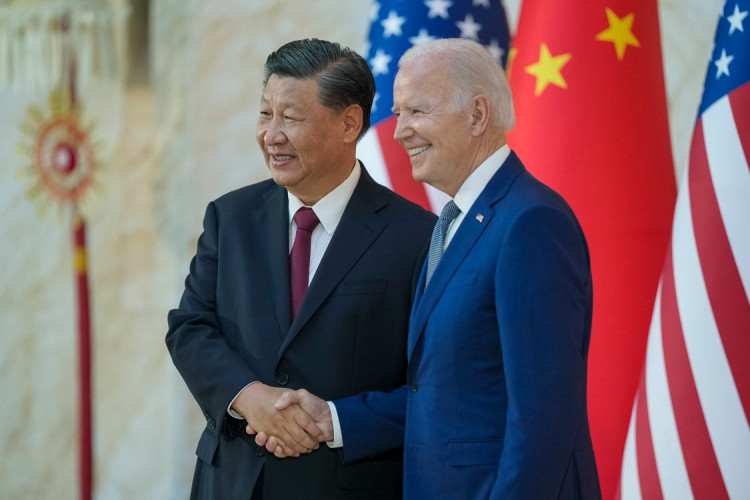The Biden administration is embroiled in controversy following a report that it planned to conceal a Chinese spy balloon's incursion into U.S. airspace from the public and Congress. The balloon, which traversed North America earlier this year, was spotted by civilians over Montana before being shot down by U.S. Air Force jets over the Atlantic Ocean. This incident has sparked significant scrutiny and criticism of the administration's handling of the situation.
According to a former senior U.S. official, there was an initial plan to study the balloon quietly and let it pass over without informing anyone. The North American Aerospace Defense Command (NORAD) first detected the balloon entering U.S. airspace over Alaska on January 27, and General Glen VanHerck, the Commander of NORAD, immediately informed General Mark Milley, President Biden's top military adviser. However, Biden himself was reportedly not informed until January 31, and Secretary of Defense Lloyd Austin was allegedly preoccupied with a diplomatic trip to Asia.
As the balloon continued its journey, collecting data from military sites, the administration remained silent until the public sightings forced its hand. The New York Post reported that after the local Montana paper, The Billings Gazette, published photos of the craft on February 2, the story gained national attention and outrage.
Despite the administration's claims that there was no intention to withhold information from Congress and that silence was necessary to protect intelligence equities, the revelations have raised questions about transparency and national security. A senior Biden administration official told NBC News, "To the extent any of this was kept quiet at all, that was in large part to protect intel equities related to finding and tracking them."
The incident has exposed gaps in U.S. capabilities to detect and track such threats, with General VanHerck warning that the Chinese balloon program remains active and the U.S. is "not where it needs to be" in developing deterrence options. The delayed response in shooting down the balloon has also come under scrutiny, with officials justifying the decision as a safety precaution due to the craft carrying several thousand pounds of equipment.
This episode has not only sparked a public outcry but also led to a reevaluation of the U.S.-China relationship. One senior administration official lamented the reputational consequences for China and U.S. relations, stating, "It caused so many problems."






